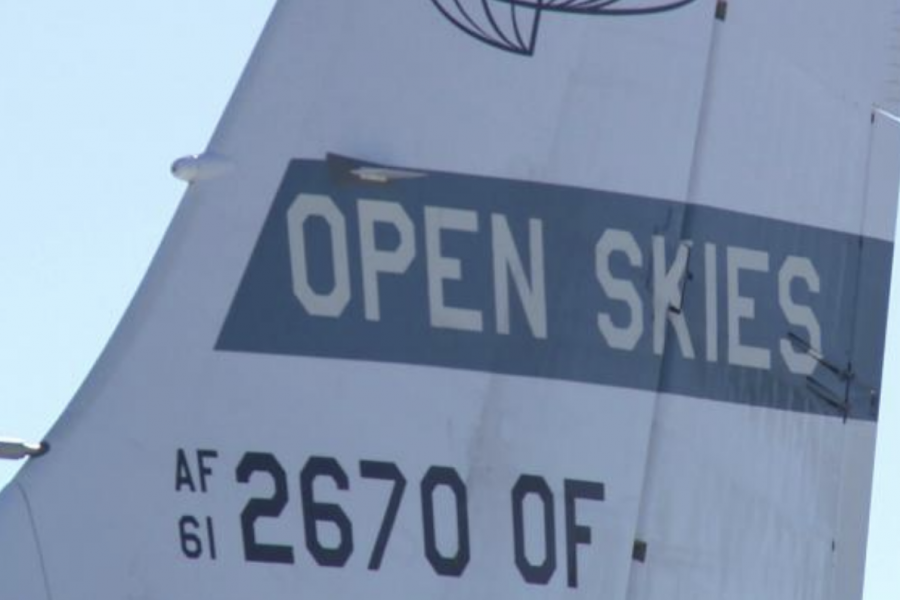As the United States closes out its participation in the 1992 Open Skies Treaty, some in government are starting to consider what might come next for the Air Force unit that has handled those foreign surveillance flights for decades.
The treaty allows nearly three dozen signatory countries to inspect others’ military installations from above, but U.S. officials have raised complaints about Russia’s conduct and argued that satellite imagery is a better option than using the Air Force’s pair of OC-135B planes at Offutt Air Force Base, Neb. America’s withdrawal from the pact took effect Nov. 22.
Lawmakers earlier this month released a bipartisan, bicameral agreement on the fiscal 2021 defense policy bill, known as the National Defense Authorization Act. If enacted, that legislation and its accompanying instructions would tell the Air Force Secretary to study what other missions the OC-135Bs could take on. It’s also possible that the newly installed digital cameras could move to other airframes that collect aerial photos.
That report is due to the congressional defense committees by March 1. Congress is also calling for a slew of other information on matters related to America’s participation in the treaty as part of the bill.
“There are other unclassified imagery collection missions, such as the Olive Harvest mission monitoring the Sinai ceasefire, that could potentially use the OC-135 or the digital camera,” a House Armed Services Committee aide said Dec. 9.
Another option is to retain the airframes as training jets. They offer a similar flight experience to other Boeing-built platforms like the WC-135 “nuclear sniffer” planes and the RC-135 family of intelligence-collection aircraft.
Pilots are using the planes right now to earn their flight qualifications, log training hours, and stay current on takeoff and landing skills, Rep. Don Bacon (R-Neb.), a retired Air Force brigadier general who sits on the House Armed Services Committee, told reporters Dec. 10.
The Omaha World-Herald reported Nov. 25 that the 45th Reconnaissance Squadron has been flying the planes “at a greatly reduced rate” for several months.
“The Air Force continues to assess options for realigning, repurposing, or retiring the two 1960s-era OC-135B aircraft, as well as other associated equipment in accordance with DOD guidance,” the service told the publication.
The Wall Street Journal reported last month the federal government has started the process of offering the jets up to other countries.
“Other countries can come purchase or just take the airframes,” a U.S. official told the WSJ. “They are really old and cost-prohibitive for us to maintain. We don’t have a use for them anymore.”
Bacon and others anticipate President-elect Joe Biden’s administration will return the United States to the treaty. If that happens, the congressman plans to push for the Air Force to resume the OC-135B replacement program that was scrapped this year.
“The NATO countries liked it, and there are many countries in NATO that don’t have space, they don’t have other access to intelligence like we do,” said Bacon, who commanded the 55th Wing at Offutt in 2011-2012. “Open Skies gave them access to the imagery of military installations that were Russian near their borders. They also like flying with us and having that interoperability and integration with America’s Air Force.”
The aging planes pose a security issue on top of airworthiness concerns, he indicated.
“We need aircraft that are dependable,” Bacon said. “It’s not a good thing when our aircraft break down in a Russian airfield, and you’ve got to stay there for three to five days waiting for a part. That’s unacceptable, and it’s what’s happening all too often.”
